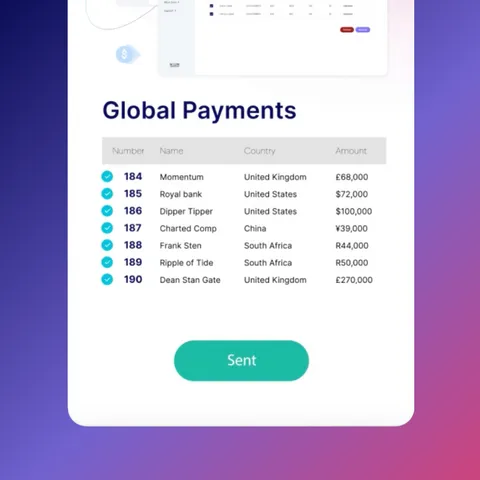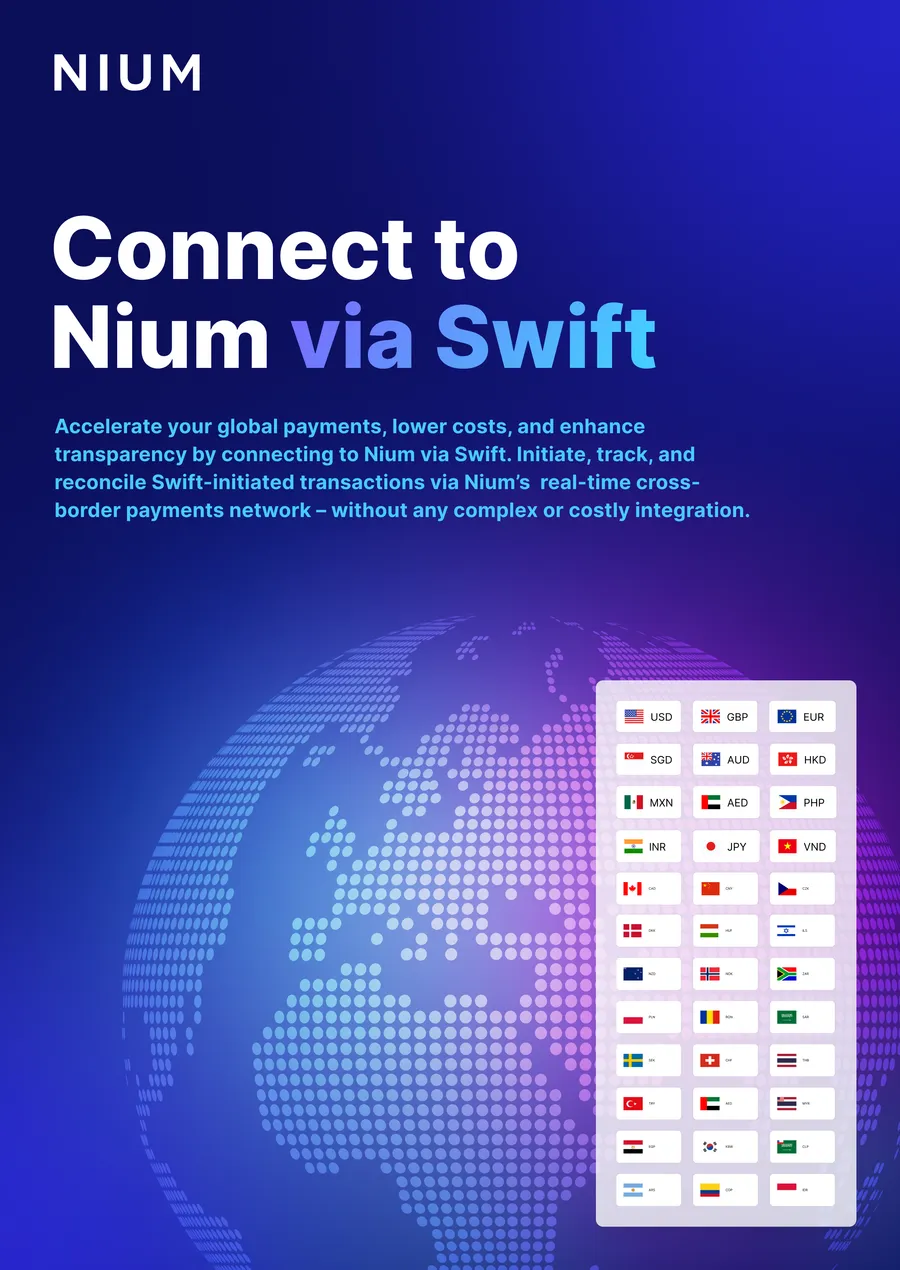Nium’s platform enables cross-border payments for a global bank that ranks in the top ten by deposits in Asia. We process both retail and B2B payments to recipients in multiple countries at scale via API integration. By tapping Nium to offer real-time capabilities, they offer a more competitive solution compared to traditional banks and protect themselves against tech-forward challengers. The bank now provides more value to its existing customers and attracts net-new business.
How Do Banking Customers Benefit?
Our solution gave the bank’s customers a better end-to-end experience. Improvements included real-time payments to more countries, better tracking and lower costs that the bank had the option of retaining or passing through to its customers.
Nium also implemented a custom cross-border payment interface within the bank’s mobile app, improving the customer experience and complimenting their full-service banking approach. The bank is launching the service to its 7+ million retail customer base.
Bank Challenges Nium Solved
Nium solves problems for complex business needs:
Cooling period on payment status
Beneficiary banks can return payments a few days after the transaction date. This change in status is automatically reflected on Nium systems. However, the updated status was not reflecting on their system, which could hamper the user experience. Nium was able to ensure an end to end payment status update by embedding a cooling period solution for final payment status.
Uniform Returns Code
Nium implemented a Uniform Returns Code to standardize codes and descriptions for all return payments. This provided the bank with uniformity and enhanced user experience.
Usage of local language for remitter data
Teams encountered a delay in implementing the project as the bank captured remitter data in local language and teams had to implement a workaround to ensure necessary data fields were captured for screening purposes.
Insertion of special characters
Due to legacy issues, the bank was passing information using special characters that were failing Nium validation checks. Nium identified the data set to expand the regex details to prevent upfront rejection of such use cases.



.png@webp)



.png@webp)
.png@webp)



